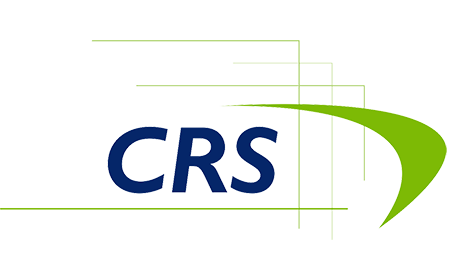5 Reasons a SEP Might Not be the Right Solution for Your Clients
A Simplified Employee Pension (SEP) IRA account is a common solution small business owners turn to for their retirement planning. There are many reasons to utilize SEPs including the overall ease of plan management, simplicity in set-up, and the flexibility to change contribution amounts from year to year. However, there are important drawbacks of a SEP they should be made aware of and understand before electing that option instead of a 401(k)/Profit Sharing Plan.
5 Reasons Why A SEP May Not Meet Your Clients’ Needs
1) Uniform Contributions
In a SEP, a business owner may contribute up to 25% of an employee’s pay and the contribution amount must be uniform for all employees. For example, an employer cannot contribute 25% of one employee’s pay, but only 17% of another’s. If they want to give 10% to themselves, they need to contribute 10% to all employees. Because contributions must be the same percentage for all employees, including for the owner, a SEP can quickly get expensive if an owner wants to contribute the maximum to their retirement plan.
With a 401(k)/Profit Sharing plan, you can contribute different amounts for different employees – typically weighting contributions more heavily for the owners/key employees.
2) No “Employee” Deferral Contributions
Another issue with SEPs is that they don’t typically allow the employer to maximize contributions. Because they don’t allow for “employee deferrals” and the “employer contributions” is limited to 25% of pay, you can usually contribute more to a 401(k)/Profit Sharing Plan.
For example, if a business owner makes $150,000 and has no employees, in a SEP they can contribute the lesser of 25% of compensation, or $61,000 (2022) – in this case $37,500. That amount may be enough for their budget and future needs. However, if they instead utilized a 401(k)/Profit Sharing Plan, they could contribute the same $37,500 as a profit sharing contribution but could also make “employee” deferrals of $20,500 (allowing for a total of $58,000).
3) Roth Contributions are Not Allowed
As discussed above, SEP IRAs only allow for pre-tax contributions to be made by the “employer” with no “employee” deferrals. With a 401(k) plan, an owner can elect to defer their $20,500 ($27,000 if over age 50) either pre-tax or Roth. In our experience, more business owners are concerned about future tax rates and are interested in making Roth contributions, as opposed to receiving the tax-deduction of a pre-tax contribution.
It is also important to note that, unlike in IRAs, there are no income restrictions for Roth contributions. The amount of income someone has does NOT restrict Roth contributions within a 401(k) plan the way it does in an IRA.
4) Creditor Seizure Risk
The SECURE Act of 2019 removed asset protections from all IRAs including SEPs.
Qualified retirement accounts set up under the Employee Retirement Income Security Act (ERISA) of 1974 are protected from seizure by creditors. Even if clients have accumulated significant assets in their retirement account and owe money or have filed for bankruptcy, creditors cannot access funds in ERISA-qualified plans.
5) Vesting Schedule Considerations
If owners have employees and sponsor a SEP, contribution vesting schedules are not allowed. All contributions made in a SEP IRA are immediately 100% vested which puts employers who maintain shorter-tenured employees at an expensive disadvantage.
In a 401(k) plan, employer contributions can vest according to a plan-specific schedule which may require an employee to work a certain period of time to be fully vested. This can be an effective retention tool.
The Bottom Line
A 401(k) plan (with a profit sharing feature) typically allows for more contributions than a SEP in most cases with significantly more design flexibility.
SEP IRA vs. 401(k) Plan Summary
| SEP IRA | 401(k)/Profit Sharing Plan | |
| Employer Contribution Limits | The lesser of $61,000 or 25% of compensation | The lesser of $61,000 or 25% of compensation (2022, under age 50) |
| Employee Deferral | Not Available | $20,500 |
| Employee Catch-Up Contributions | Not available | $6,500 per year (2022) |
| Plan Design Options | No customization | Flexible eligibility, vesting, matching, plan loans, etc. |
| Employee Eligibility Requirements | Mandatory eligibility for employees aged 21, worked 3 of the last 5 years, and earned at least $650 (2022) | Flexible eligibility requirements |
Review our comparison between 401(k)s & SIMPLE IRAs here>>
Please contact CRS to receive more information about retirement plan options.
Michael Davis has been in the retirement plan industry since 1994 and is our Vice President of Sales at RS. Michael can be reached via email at .



